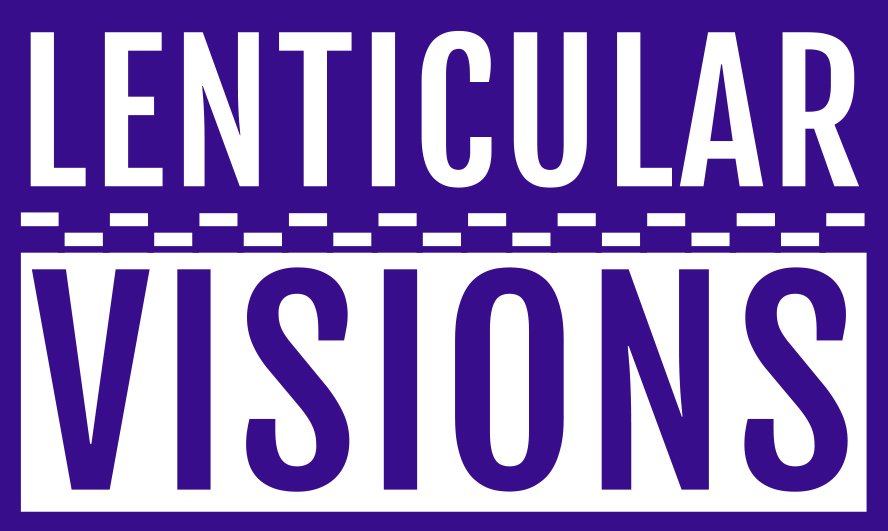How It all began
Jiminy Cricket
As a toddler in the mid 1960s I had a Jiminy Cricket juice cup with bouncy lenticular eyes. I loved it. My mother told me I would sit and play with it for hours, grinning and giggling. It was my favorite and I still have it.
For my 7th birthday I was given The Wild Swans by Hans Christian Anderson published by Golden Press. It had a 3D lenticular on the cover. I was captivated.
The Wild Swans
I was raised in Kingpsort, Tennessee, home to Eastman Chemical, a division of Kodak. Eastman made then (and still does) the plastic used to produce the majority of the world’s lenticular lenses. There were several pioneers in lenticular technology there and I was fortunate to be exposed to many fine examples of lenticular. My father, who worked at Eastman, was into science so I got a strong foundation in technology from an early age. We were always playing with film cameras, movie cameras and projectors. I learned photography and dark room techniques by the time I was a teenager. I explored video and film as part of my Creative Writing degree while at Vanderbilt.
The Preacher’s Wife
Fast forward to 1996. Whitney Houston released The Preacher’s Wife. The CD had a lenticular cover with a removeable insert. Intrigued, I bought the CD. Within the hour, I took a magnifying glass and a ruler to the cover and artwork and began studying it very closely. Soon I was working away in Photoshop creating simple animations and interlacing my first lenticular prints. And I was hooked.
To this day I still get quite the thrill with lenticulars. I often find myself grinning and giggling like that toddler so many years ago.
